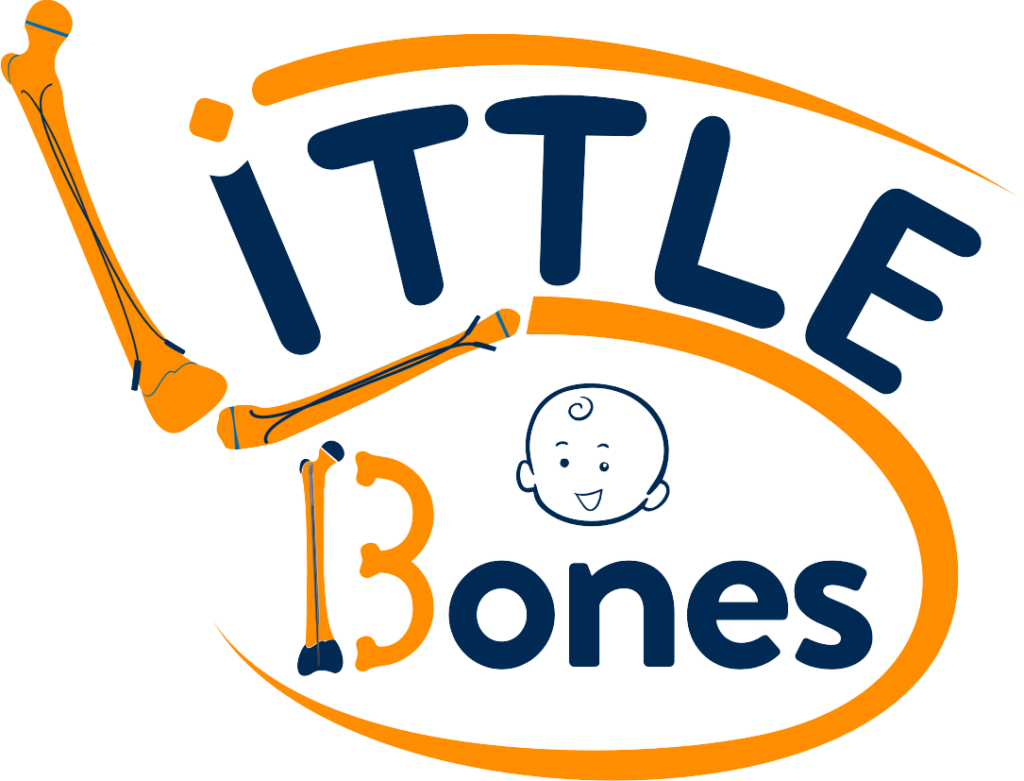Tubercular Osteoarticular Infection Treatment in Indore
Home » Tubercular Osteoarticular Infection Treatment in Indore
Doctor for Tubercular Osteoarticular Infection Treatment in Indore
Tubercular osteoarticular infections, caused by Mycobacterium tuberculosis, affect the bones and joints and are a significant public health concern worldwide. These infections can lead to severe musculoskeletal complications if not promptly diagnosed and treated. Understanding the clinical features, diagnostic modalities, and treatment options for tubercular osteoarticular infections is crucial for ensuring optimal patient outcomes and preventing long-term disabilities.
Treatment
The treatment of tubercular osteoarticular infections involves a combination of anti-tubercular medications, surgical intervention, and supportive care. Antimicrobial therapy, including multiple antibiotics such as isoniazid, rifampicin, pyrazinamide, and ethambutol, is the cornerstone of treatment and is typically administered for an extended duration to ensure eradication of the infection. Surgical interventions, such as debridement, abscess drainage, joint irrigation, and bone grafting, may be necessary to address complications such as bone destruction, joint destruction, and abscess formation.
Why Choose Us
At Little Bones, we specialize in the diagnosis and treatment of tubercular osteoarticular infections, leveraging our expertise and advanced diagnostic tools to provide comprehensive care to our patients. Our multidisciplinary team of orthopedic surgeons, infectious disease specialists, radiologists, and rehabilitation therapists collaborates closely to develop individualized treatment plans tailored to each patient’s unique needs. With a focus on evidence-based medicine and compassionate care, we are dedicated to achieving the best possible outcomes for our patients with tubercular osteoarticular infections.
Frequently Asked Questions
Common symptoms include joint pain, swelling, stiffness, limited range of motion, localized tenderness, and systemic symptoms such as fever, fatigue, and weight loss.
Diagnosis involves a combination of clinical evaluation, imaging studies (such as X-rays, MRI, CT scans), laboratory tests (including tuberculin skin test, interferon-gamma release assay, and microbiological cultures), and sometimes biopsy or aspiration of affected tissues.
The duration of treatment varies but typically lasts for at least six months to one year, depending on the severity of the infection, the patient’s response to therapy, and the presence of any complications.
Yes, untreated or inadequately treated tubercular osteoarticular infections can lead to severe complications such as joint destruction, bone deformities, chronic pain, disability, and the spread of infection to other organs.
Schedule an Appointment
If you suspect that your child may have a tubercular osteoarticular infection or if you have concerns about bone and joint infections, please don't hesitate to contact us to schedule a consultation. Our compassionate and experienced team is here to provide expert care and support to help your child overcome this challenging condition and achieve optimal musculoskeletal health.
Call Us
+917827028020
Email Us
drpushp@yahoo.com
Visit Us
219, Benchmark Business Park, Near Satya sai Square, Vijay Nagar Indore.
